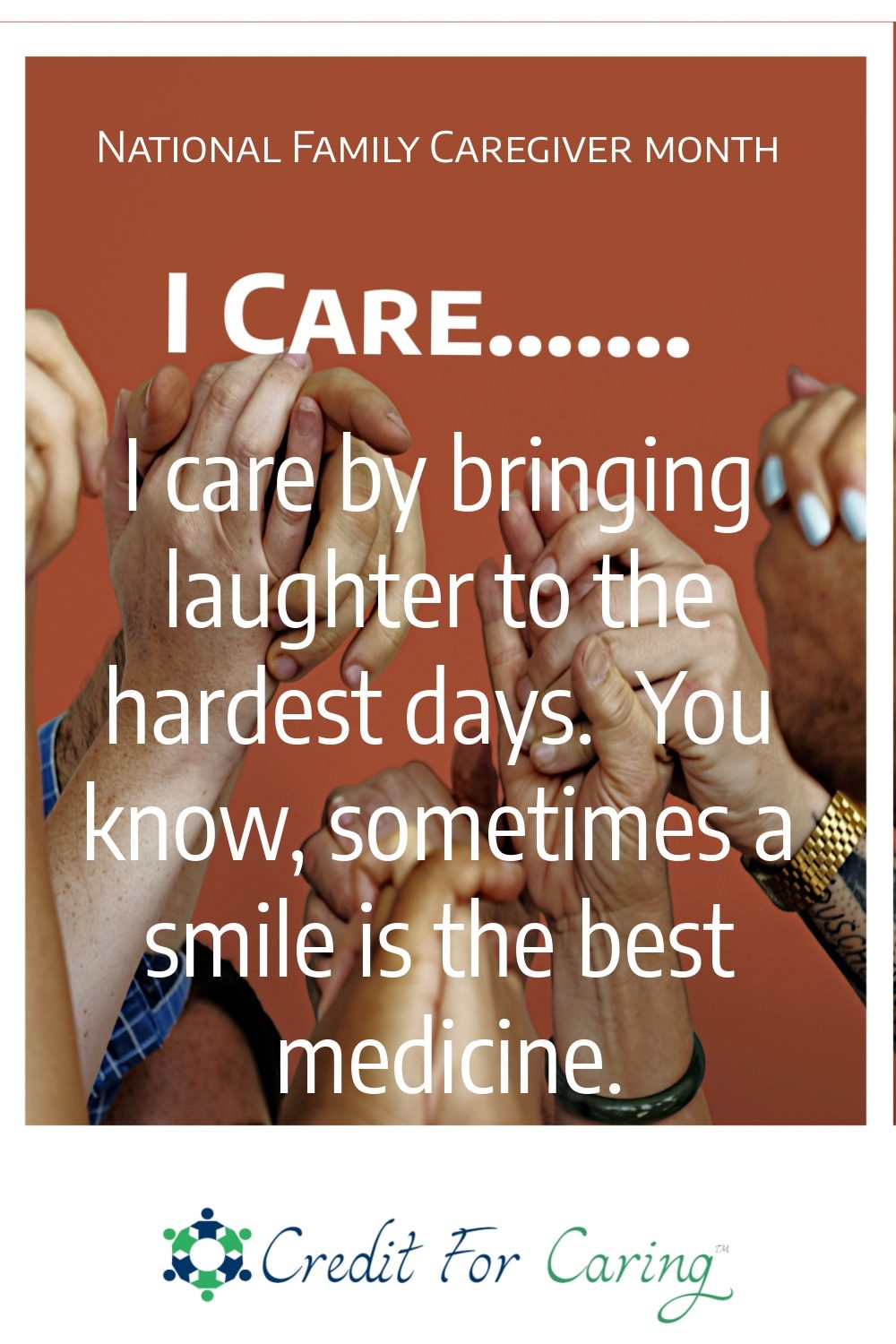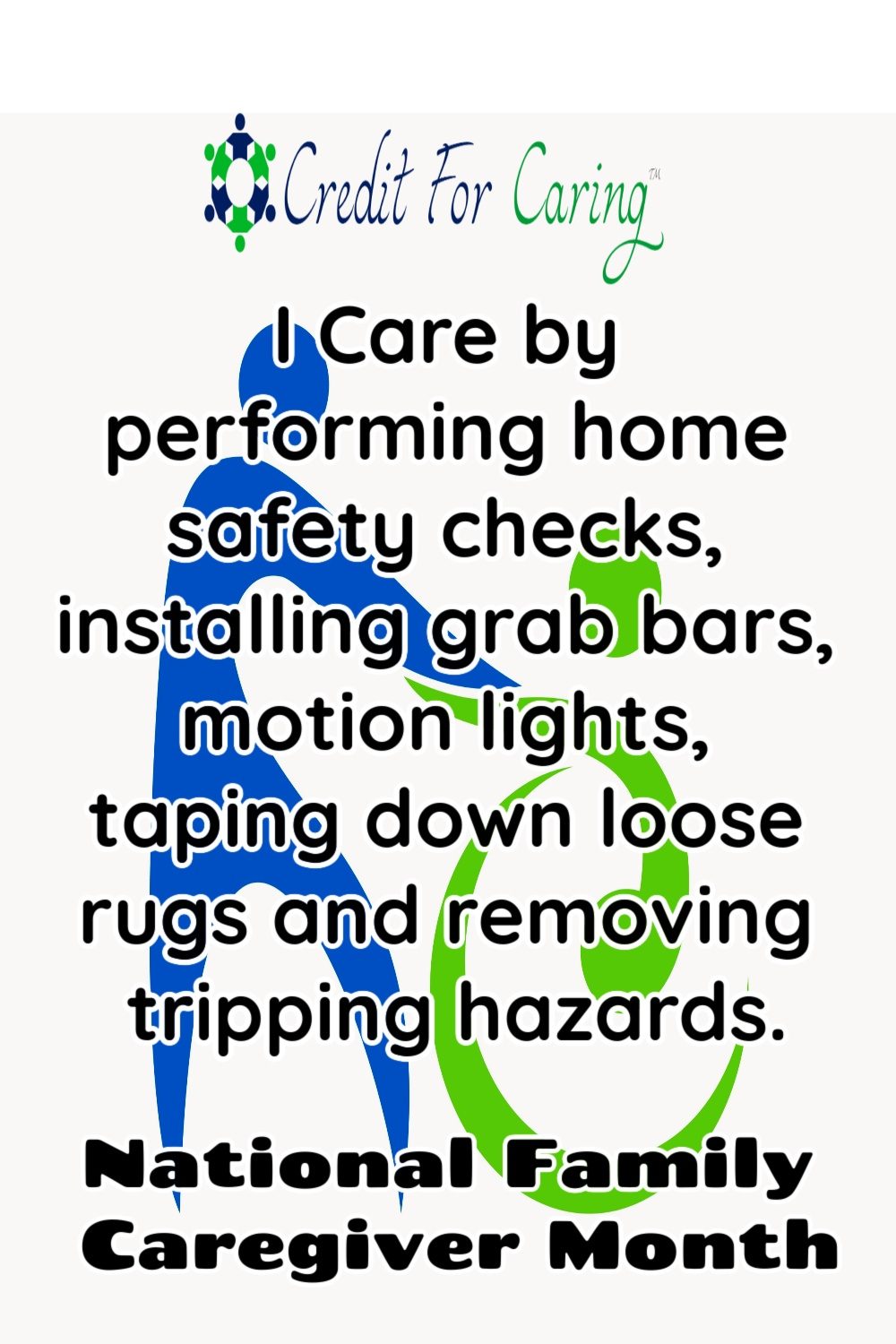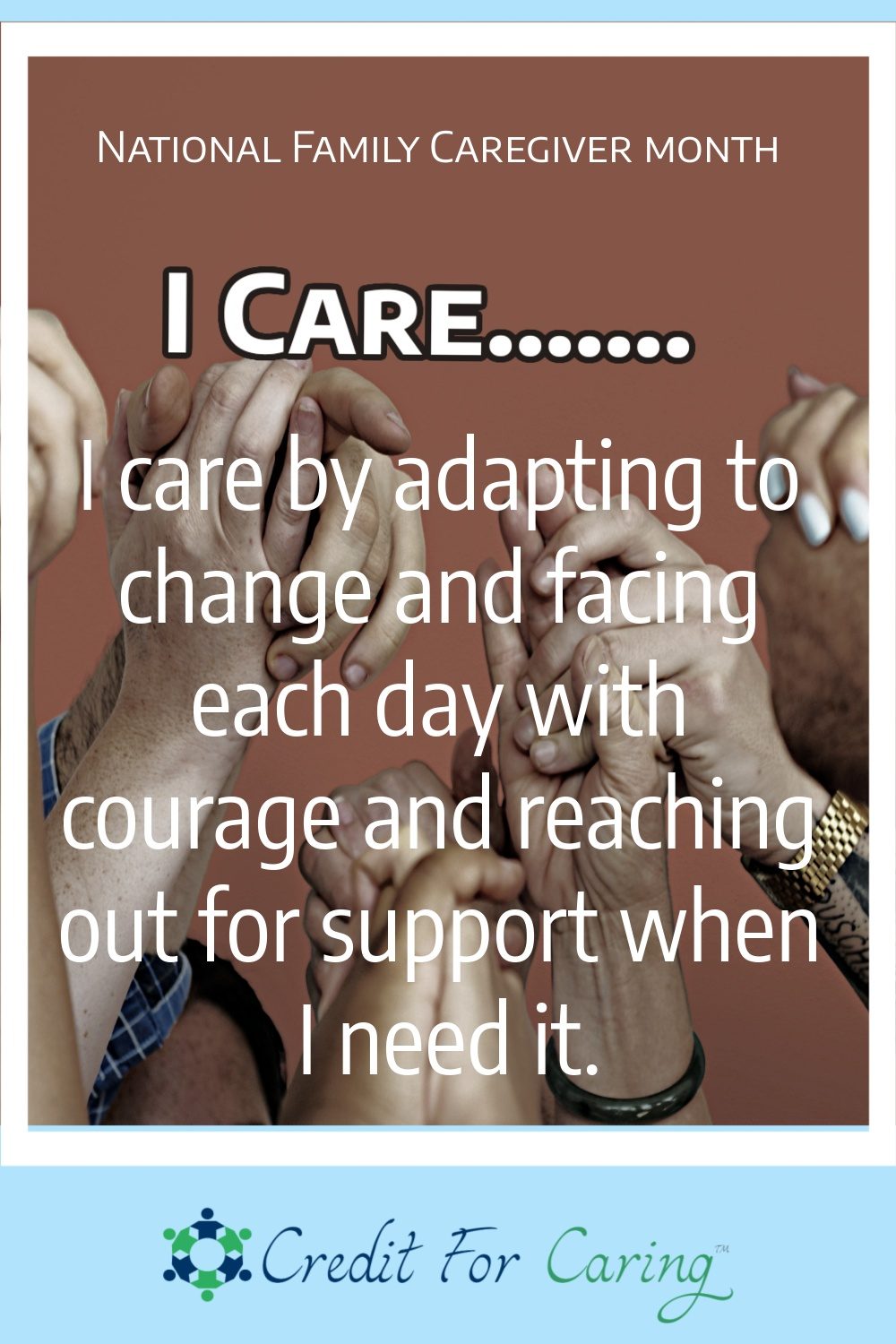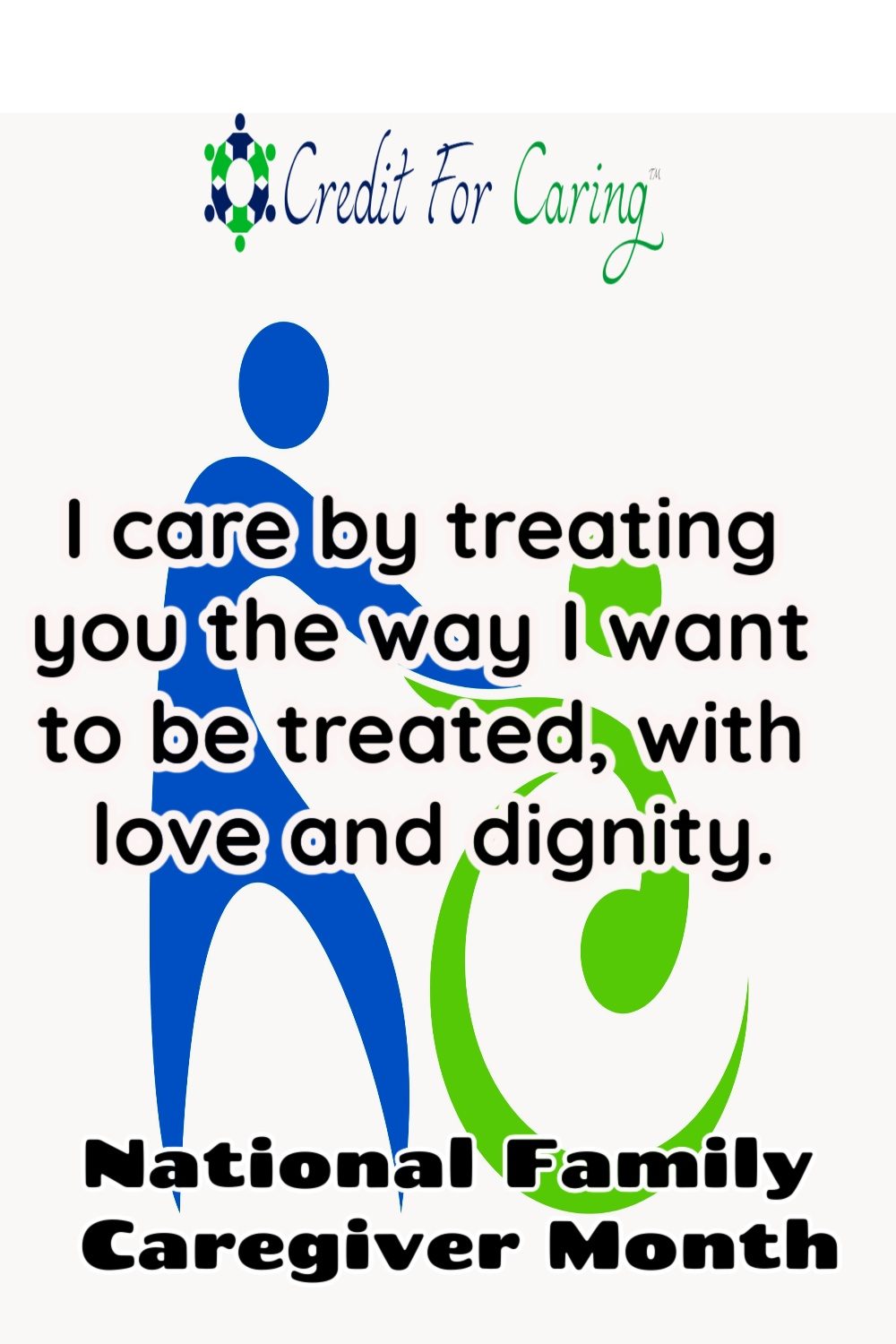National Family Caregiver Month Social Media Posts
Family caregivers are silent army of helpers you know as work colleagues, neighbors, business owners, friends, and family members. November is the month to show them our appreciation. Here are the Credit for Caring social media posts filled with pearls of wisdom from customers and our team. Please feel free to share them on your social channels or within your organization. Show your appreciation for our selfless family caregivers. Share the love.
Caregiving Stress and Burnout are Real
Caregiving tasks demand physical, emotional, social, and economic sacrifices.
Caregiving Stress and Burnout are Real
Caregiving tasks demand physical, emotional, social, and economic sacrifices.
53mm
unpaid family caregivers in US
40%
Alzheimer’s Disease caregivers that die before their loved one
40%
caregivers who report care as a heavy burden
































